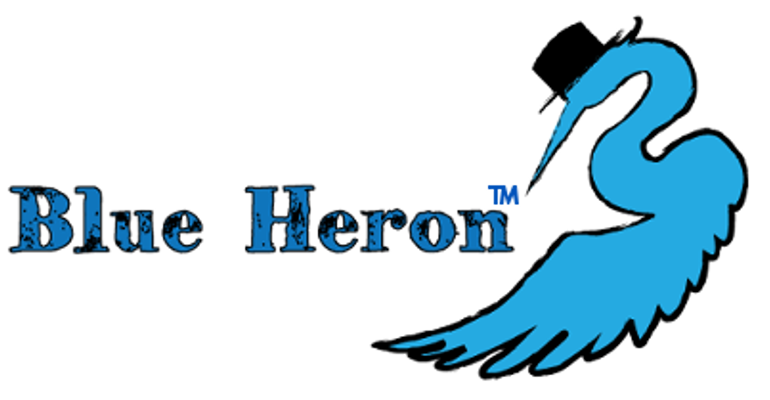Before a game is ready for being pitched to a publisher, Kickstarter, or self-publishing it needs to be playtested. During this time of playtesting, designers have to make changes to the game rapidly and iterate as quickly and efficiently as possible. In order to save money and time on art and prototyping, most designers use what is called paper prototyping. Frequently used for computer games or UX design, paper prototyping can be any game designer’s best friend when it comes to trying out and refining new ideas. But what is a paper prototype? Simply, a paper prototype is the most basic, stripped down, low effort, prototype of your game. This version of your game is meant to be easily iterable/changeable as you play your game. Frequently, this is the first type of prototype for any kind of game that is developed so that the designers can focus on refining the mechanics and gameplay before worrying about the art (or other assets). This morning I want to talk about what you should have for your paper prototype toolkit to help get your ideas down and refined more quickly.
What Will You Need
For early prototypes, you need to keep in mind that your design will (and should) change over time. In this vein, there are 5 key things you should have in your paper prototype toolkit: paper/cardboard and pen, sticky notes, random tokens, card sleeves (or a standard card deck), and a plastic bag.
The first thing you will need for you paper prototype is paper (and pens). As obvious as this seems, it underlines that this prototype is and should be rough and anyone could do it. Have an idea for a board? Use a sheet of paper (or random cardboard) to make the board. Have some ideas for cards? Cut them out of paper and write on them. Using paper and pen allows you to quickly mock up your ideas and test them out without having to worry about the longevity of the prototype.
When creating a paper prototype, sticky notes are your best friend. For spaces on a board, character abilities, quick notes, and other game elements, sticky notes are perfect for being a way to write rules that may need to be changed rapidly. Personally, I believe that for every game you create you should (before starting to finalize the layout/design) use almost exclusively sticky notes so that your designing process can be as flexible as possible in finding the fun in your game.
If your game will involve tokens, using random cubes, Lego pieces, or other bits can be used stand-ins for the various components of your game. Some of the components can be made with cardboard or paper if needed, but it is always good to have the tactile feel even with the early prototypes. If you have games you do not normally play you can also use those components (such as monopoly money) to also help get an idea what the components will be. Having a bucket or bag of these various components is always a must in my book as I develop games.
If you are making cards for your game there are some strategies that you can use: you can make them out of paper, use business cards, or use card blanks. Card blanks are expensive making them less than ideal for this highly iterative prototype but with business cards and paper, players can easily see through the back of the card. There are two solutions to this problem, first is that you can use card sleeves for your paper cards so that you cannot see through the back or you can use standard playing cards and simply tape the paper (or sticky note) onto the card. Personally, I prefer using sleeves because it allows for cards to be swapped in and out more quickly and cleanly (and more reusable) than a standard deck of cards, but that is my preference. In either case, if you are making a game with cards and need to keep the back opaque then you should have a set of sleeves in your paper prototyping toolbox.
Finally, to keep your game together and/or the various components of your game you should have plastic Ziploc bags. For your various games, keeping all of the components together can help ensure that once you hit a wall for a design session you can store everything and pick it up at a later time. Keeping these ideas organized can be the difference in making sure that the right components make it into the more expensive and final versions of your game.
Some of the early prototypes for Collectors and Capers. The (more) refined prototype (right) and paper prototype (left).
Final Thoughts
The purpose of a paper prototype is to help you, the designer, get the ideas for your game down on paper and playing those ideas quickly. Each component of the toolkit is chosen to help with the changing flux of the rules and mechanics as the game becomes more and more refined. I have included those 5 components into my toolkit helps me get a game ready for the more polished iterations of my games. I hope this has given you some tools for your prototyping and some food for thought.

